Overweeg je om over te schakelen op LED-stripverlichting en vraag je je af of er een starter nodig is voor de installatie ervan? Wees gerust, u bent niet de enige die op zoek is naar kennis. Met onze jarenlange expertise in LED technologie zijn wij er om duidelijke, gezaghebbende antwoorden te geven die uw pad naar een helderdere, efficiëntere verlichtingsoplossing zullen verlichten.
LED striplampen werken zonder starter en zijn ontworpen voor rechtstreekse aansluiting op een laagspanningsvoeding. Deze opzet vereenvoudigt de installatie en verbetert de bruikbaarheid in vergelijking met traditionele fluorescentielampen die een starter vereisen.
Ontdek de veelzijdigheid en efficiëntie van LED stripverlichting, samen met praktische richtlijnen voor installatie en aanpassing. Ontdek hoe je de voordelen maximaliseert en veelvoorkomende problemen oplost om ervoor te zorgen dat je verlichtingsproject schittert.
Begrijpen van LED Stripverlichting: Geen beginners nodig
LED striplampen, een revolutionaire benadering van moderne verlichting, hebben geen starters nodig, wat hun installatie en gebruik aanzienlijk vereenvoudigt. Deze lampen bestaan uit talloze kleine, efficiënte LED's die op een flexibele printplaat zijn bevestigd, waardoor ze ideaal zijn voor verschillende toepassingen, van het verfraaien van de woninginrichting tot het verlichten van commerciële ruimtes.
De basistechnologie achter LED stripverlichting onderscheidt ze van traditionele verlichtingsopties zoals TL-buizen. Traditioneel hebben fluorescentielampen een starter nodig, die helpt om het licht te ontsteken, en een voorschakelapparaat om het licht te stabiliseren als het eenmaal draait. Deze componenten zijn essentieel voor het beheer van de elektrische stromen die fluorescentielampen nodig hebben om te werken. LED stripverlichting omzeilt deze vereisten echter volledig. Ze worden rechtstreeks aangesloten op een laagspanningsvoeding, meestal 12V of 24V, wat de installatie minder complex maakt en het risico van elektrische gevaren minimaliseert, waardoor de algehele veiligheid van het verlichtingssysteem wordt verbeterd.
Deze directe verbinding met een voedingsbron betekent dat LED strips een continue, stabiele output bieden zonder de flikkeringen of langzame opstarttijden die geassocieerd worden met hun fluorescerende tegenhangers. Bovendien worden potentiële storingspunten geëlimineerd door het wegvallen van de starter en de ballast, waardoor de betrouwbaarheid toeneemt en er minder onderhoud nodig is. Dit aspect is vooral aantrekkelijk in residentiële en commerciële omgevingen waar duurzame, onderhoudsarme verlichtingsoplossingen op prijs worden gesteld.
Een ander opmerkelijk voordeel van LED stripverlichting is hun aanpasbaarheid. Ze kunnen op gemarkeerde intervallen langs de strip worden gesneden, zodat ze precies kunnen worden aangepast aan specifieke installatiebehoeften. Deze functie is vooral handig als je de lengte van de verlichting moet aanpassen om perfect op bepaalde plekken te passen, zodat er geen donkere plekken of overtollige overlap zijn. Of het nu gaat om het accentueren van keukenkastjes, het verlichten van tv's of het accentueren van productdisplays in de winkel, LED-strips kunnen op maat worden gemaakt om precies aan de behoeften van uw project te voldoen.
Het ontwerp van LED-stripverlichting om te werken zonder starters vereenvoudigt hun gebruik. Het vergroot hun veelzijdigheid en veiligheid, waardoor ze de voorkeur genieten voor verschillende verlichtingsprojecten. Hun vermogen om consistente en betrouwbare verlichting te bieden waar dat nodig is en hun energie-efficiëntie maken ze een intelligente keuze voor iedereen die zijn verlichtingsoplossingen wil upgraden.
De juiste voeding voor LED-stripverlichting kiezen
Het kiezen van de juiste voeding voor je LED stripverlichting is cruciaal voor optimale prestaties en een lange levensduur. Het is belangrijk om de voeding zorgvuldig af te stemmen op de spannings- en stroomvereisten van je LED strips om potentiële oververhitting te voorkomen en een efficiënte werking te garanderen.
Inzicht in spanningsvereisten: Identificeer eerst de spanningsvereisten van je LED strips, meestal 12V of 24V. De uitgangsspanning van de voeding moet overeenkomen met de spanningsvereisten van uw LED strips. Het gebruik van een voeding met een hoger voltage dan waarvoor je LED strips geschikt zijn, kan leiden tot oververhitting en vroegtijdige uitval. Ter vergelijking: een lager voltage kan resulteren in onvoldoende verlichting.
Benodigde wattage berekenen: Bereken vervolgens het totale benodigde wattage door het wattage per lengte-eenheid van de strip te vermenigvuldigen met de totale lengte die je van plan bent te installeren. Deze berekening zorgt ervoor dat de voeding de cumulatieve belasting aankan zonder het risico op ondervoeding of oververhitting. Als elke meter van je LED-strip bijvoorbeeld 10 watt verbruikt en je hebt 10 meter, dan heb je een voeding nodig die minstens 100 watt kan leveren.
Rekening houden met stroomverbruik: Houd rekening met de stroomopname, vooral bij grotere installaties. De stroomafname, gemeten in ampère, geeft aan hoeveel stroom de LED-strip uit de voeding trekt. Zorg ervoor dat je voeding deze stroomopname comfortabel aankan om de veiligheid en functionaliteit te behouden. Kiezen voor een voeding die de berekende stroombehoefte overschrijdt, kan extra betrouwbaarheid en veiligheid bieden.
De juiste voeding kiezen: Zoek bij het kiezen van een voeding naar een voeding die iets meer wattage en stroomsterkte biedt dan je berekeningen vereisen. Deze aanpak zorgt ervoor dat de voeding niet constant op zijn maximale capaciteit werkt, wat de levensduur kan verlengen en de veiligheid kan verbeteren. Kies daarnaast een voeding met robuuste veiligheidsfuncties, zoals overspanning, overstroom en kortsluitbeveiliging, om je LED-strips en de voeding te beschermen tegen mogelijke schade.
Door je aan deze richtlijnen te houden, kun je ervoor zorgen dat je LED stripverlichtingsinstallatie helder en effectief, maar ook veilig en duurzaam is. Vergeet niet dat een hoogwaardige voeding de sleutel is tot een succesvolle LED-verlichtingsinstallatie.
Installatie van LED-stripverlichting
Het installeren van LED stripverlichting verbetert effectief de sfeer en functionaliteit van elke ruimte, maar vereist wel zorgvuldige planning en precisie. Hier volgt een beknopte gids voor een succesvolle installatie:
1. Planning: De eerste stap is een zorgvuldige planning. Meet het beoogde installatiegebied nauwkeurig op en houd daarbij rekening met de lengte, hoeken en mogelijke obstakels zoals meubels of apparaten. Deze planningsfase vooraf is cruciaal omdat het helpt de opstelling te visualiseren en uitdagingen te identificeren die zich tijdens de installatie kunnen voordoen. Het maken van een gedetailleerde schets of het gebruik van ontwerpsoftware kan zeer nuttig zijn voor ingewikkelde ontwerpen of grote oppervlakken.
2. Aansluiten: Sluit de LED-strips met een stevig plan aan op de voeding. Deze stap is cruciaal en vereist aandacht voor detail om ervoor te zorgen dat alle aansluitingen goed vastzitten en correct zijn uitgelijnd. Voor strips met functies als dimmen of kleurverandering is dit ook het moment om ze aan te sluiten op de juiste regelaars. Zorg ervoor dat de aansluitingen goed vastzitten en dat de polariteit correct is om elektrische problemen te voorkomen.
3. Bevestigen: Zodra de strips zijn aangesloten en getest, is de volgende stap ze vastzetten. De meeste LED-strips hebben een zelfklevende achterkant, waardoor de installatie eenvoudig is. Reinig het oppervlak grondig voordat je de strips aanbrengt om ervoor te zorgen dat de lijm goed hecht. Overweeg bevestigingsclips voor ruimtes die blootstaan aan vocht of waar extra veiligheid nodig is. Deze clips bieden extra ondersteuning en kunnen vooral handig zijn in buitenruimtes of drukbezochte delen van je huis.
4. Testen: Test na de installatie het hele systeem grondig om er zeker van te zijn dat alles correct werkt. Controleer of de helderheid en kleurnauwkeurigheid op alle delen van de strip gelijk zijn. Als een deel van de strip dimt of flikkert, controleer dan opnieuw de aansluitingen en zorg ervoor dat er geen spanningsval is over de strip.
Als je deze stappen volgt, krijg je een vlekkeloze installatie, zodat je ledstripverlichting perfect werkt en de gewenste gebieden effectief versterkt. Houd je werkruimte schoon, gebruik het juiste gereedschap en haast het proces niet om veelvoorkomende installatiefouten zoals verkeerd uitgelijnde strips of onvoldoende bevestiging te voorkomen.
De rol en instelling van regelaars en dimmers
Het integreren van controllers en dimmers in LED stripverlichtingssystemen verbetert hun functionaliteit aanzienlijk en biedt nauwkeurige controle over verlichtingseffecten die elke omgeving volledig kunnen transformeren. Hier volgt een uitleg over hoe controllers en dimmers werken en enkele tips om ze in te stellen voor optimale prestaties.
Basisregelaars en dimmers begrijpen: Basisdimmers en aan/uit-schakelaars bieden voldoende controle voor eenvoudige verlichtingsbehoeften. Deze eenvoudige apparaten zijn ideaal om de helderheid van LED strips aan te passen aan verschillende tijdstippen van de dag of specifieke vereisten voor een ruimte. De installatie is meestal eenvoudig - sluit de dimmer rechtstreeks aan tussen de voeding en de LED-strip. Gangbare types zijn draaidimmers of schuifdimmers die de spanning regelen die aan de LED's wordt geleverd, zodat de lichtintensiteit soepel kan overgaan.
Geavanceerde controllers verkennen: Voor complexere verlichtingsopstellingen zijn mogelijk RGB (Rood, Groen, Blauw) en RGBW (Rood, Groen, Blauw, Wit) regelaars nodig. Deze geavanceerde controllers kunnen kleuren mengen en verschillende tinten en effecten creëren. RGBW controllers bieden extra functionaliteit met een wit kanaal, dat zuiverder wit en een betere kleurenmenging biedt en alles verbetert, van sfeerverlichting thuis tot commerciële displayverlichting.
Tips voor installatie en bedrading: De juiste installatie van deze controllers is cruciaal en vereist over het algemeen enig basiskennis van elektrische bedrading. De controller moet in serie worden aangesloten met de LED-strip en de voeding. Voor RGB- en RGBW-systemen betekent dit dat je meerdere kleurkanalen op de controller moet aansluiten op de overeenkomstige pinnen op de LED-strip. Een veilige en correcte polarisatie van alle aansluitingen is essentieel om elektrische problemen te voorkomen. Bovendien bieden veel moderne controllers draadloze connectiviteit, waardoor bediening via smartphone apps of afstandsbedieningen mogelijk is, wat het installatieproces kan vereenvoudigen en gebruiksvriendelijke flexibiliteit biedt.
Creatief potentieel maximaliseren: Door controllers en dimmers effectief te gebruiken, kunt u uw verlichting aanpassen aan elke stemming of gebeurtenis, van een kalme, ontspannen sfeer met zachte, gedimde lichten tot een levendige feestsfeer met levendige, dynamische kleuren. De veelzijdigheid van deze apparaten maakt LED strips tot een krachtig hulpmiddel om uw ruimte te personaliseren.
Bij het installeren van controllers en dimmers is het handig om een gedetailleerde handleiding te volgen of te overleggen met een professional om de veiligheid en functionaliteit te garanderen. Een juiste installatie verlengt de levensduur van uw LED-verlichting. Het zorgt ervoor dat de verlichting efficiënt presteert, voldoet aan uw verlichtingsbehoeften en tegelijkertijd een esthetisch aangename ervaring biedt.
Veelvoorkomende problemen en probleemoplossing bij LED Stripverlichting
Zelfs de meest betrouwbare LED stripverlichting kan soms operationele problemen hebben. Als je weet hoe je deze veelvoorkomende problemen kunt identificeren en oplossen, kun je de levensduur verlengen en de functionaliteit van je verlichtingsinstallatie verbeteren. Hier volgt een gedetailleerde blik op typische problemen en effectieve probleemoplossingstechnieken:
Flikkerende lampjes: Flikkeren is een veelvoorkomend probleem dat vaak terug te voeren is op verbindingsproblemen. Zorg eerst voor strakke en veilige verbindingen tussen de LED-strips en de voeding. Losse aansluitingen kunnen de stroomtoevoer verstoren en flikkeren veroorzaken. Als het probleem aanhoudt na het controleren van de aansluitingen, is de volgende stap de voeding te onderzoeken. Een voeding die niet voldoet aan de spannings- en stroomvereisten van je LED strips kan leiden tot intermitterend flikkeren. Overweeg om te upgraden naar een voeding die voldoet aan de specificaties van je ledstrips of deze zelfs overtreft.
Ongelijke helderheid: Als je merkt dat de helderheid afneemt naar het einde van de strip, heb je misschien te maken met spanningsverlies, wat vaak voorkomt bij langere LED-strips. Om dit aan te pakken, kun je de strip aan beide uiteinden van stroom voorzien om de spanningsverdeling over de lengte van de strip gelijk te maken. Als alternatief kun je een voeding met een hogere spanning installeren of kortere strooksegmenten gebruiken die parallel zijn aangesloten om een consistente helderheid te behouden.
Kleur inconsistenties: Kleurinconsistenties, vooral bij RGB- of RGBW-strips, kunnen de esthetische aantrekkingskracht van je lampen verpesten. Dit probleem ontstaat meestal door onjuiste bedrading. Dubbelcheck of elk kleurkanaal goed is aangesloten en of er geen gekruiste draden zijn. Het is ook cruciaal om te zorgen voor een gelijkmatige spanning over de strip. Als sommige secties verschillende kleuren onnauwkeurig weergeven, overweeg dan om defecte segmenten of connectoren te vervangen om weer een uniforme kleuruitvoer te krijgen.
Regelmatig onderhoud: Regelmatige controles en onderhoud zijn de sleutel tot het voorkomen van deze problemen. Controleer regelmatig alle onderdelen van je LED-stripopstelling op tekenen van slijtage of schade. Zorg ervoor dat alle aansluitingen goed vastzitten en maak de strips af en toe schoon om te voorkomen dat er zich stof ophoopt, wat de prestaties kan belemmeren. Gebruik een zachte, droge doek om de strips voorzichtig af te vegen, zodat ze schoon en functioneel blijven.
Door deze veelvoorkomende problemen met LED stripverlichting snel aan te pakken en regelmatig onderhoud uit te voeren, kunt u ervoor zorgen dat uw verlichting effectief blijft werken en er visueel aantrekkelijk uit blijft zien. Vergeet niet dat een beetje probleemoplossing een grote bijdrage kan leveren aan het behoud van de kwaliteit en de lange levensduur van uw investering in LED-verlichting.
Geavanceerde bedradingstechnieken voor aangepaste LED-opstellingen
Het implementeren van aangepaste LED-verlichtingsopstellingen vereist creativiteit en technische expertise, vooral als het gaat om complexe bedradingstechnieken. Met deze geavanceerde opstellingen kunnen op maat gemaakte verlichtingsoplossingen elke ruimte omtoveren tot een visueel dynamische ruimte. Hier volgt een gedetailleerde gids voor het veilig en effectief beheren van deze geavanceerde configuraties.
Meerdere strips aansluiten op één voeding: Het aansluiten van meerdere LED-strips op één voeding is vaak nodig voor grootschalige installaties of installaties met meerdere secties. Dit kan efficiënt worden gedaan met een voedingsconnectorblok, waarmee je meerdere strips kunt aansluiten op één voedingsbron. Het berekenen van het totale wattage van alle strips die je wilt aansluiten is cruciaal om ervoor te zorgen dat de voeding de belasting aankan zonder oververhit te raken. Als het gecombineerde wattage van de strips bijvoorbeeld 250 watt is, zorg dan voor een voeding die ten minste 300 watt kan leveren voor voldoende vermogen en een veiligheidsbuffer.
Integratie met Smart Home-systemen: Nu smart home technologie steeds meer geïntegreerd raakt in ons dagelijks leven, kan het toevoegen van LED stripverlichting aan deze systemen de functionaliteit en het gemak verbeteren. Door je LED strips aan te sluiten op een smart home systeem via een compatibele controller kun je je verlichting bedienen via smartphone apps of spraakopdrachten via apparaten zoals Amazon Alexa of Google Home. Deze opstelling voegt een laag gemak toe en zorgt voor meer flexibiliteit in hoe verlichting wordt gebruikt en geregeld in je huis of bedrijf.
Professioneel advies: Gezien de complexiteit van deze installaties is een goed begrip van de basisprincipes van elektrische bedrading essentieel. Verkeerde bedrading kan leiden tot ernstige veiligheidsrisico's, zoals kortsluiting of brand. Het raadplegen of inhuren van een professionele elektricien wordt sterk aangeraden voor ingewikkelde of uitgebreide installaties. Zij kunnen ervoor zorgen dat alle onderdelen aan de veiligheidsnormen voldoen en correct worden geïnstalleerd.
Strategische planning: Voordat je aan een installatie begint, is het raadzaam om een grondige planning te maken. Maak een gedetailleerde lay-out met de plaatsing van voedingen, paden voor bedrading en locaties voor regelaars. Deze planning helpt installatiefouten voorkomen en zorgt ervoor dat de uiteindelijke opstelling esthetisch mooi en functioneel is.
Door deze geavanceerde bedradingstechnieken onder de knie te krijgen en professioneel advies in te winnen voor complexe opstellingen, kunt u LED-verlichtingsinstallaties op maat maken die veilig en efficiënt zijn en perfect voldoen aan uw verlichtingsbehoeften.
FAQ's
Wat is de rol van een starter in traditionele verlichting en waarom is deze niet nodig voor LED-stripverlichting?
In traditionele fluorescentiesystemen wordt een starter gebruikt om het licht te ontsteken door een korte piek van hoogspanning te leveren. Hij werkt ook samen met een voorschakelapparaat om het licht te stabiliseren als het eenmaal brandt. LED striplampen hebben dit echter niet nodig omdat ze werken op een constante laagspanning rechtstreeks van een voedingsbron. Door deze directe verbinding zijn zowel een starter als een voorschakelapparaat niet meer nodig, wat de installatie vereenvoudigt en de kans op defecten vermindert.
Wat gebeurt er als ik een starter probeer te gebruiken met LED-stripverlichting?
Het gebruik van een starter met LED stripverlichting kan leiden tot elektrische mismatches en mogelijk falen van het verlichtingssysteem. Aangezien LED strips ontworpen zijn om te werken met een directe en constante laagspanningsvoeding, kan het introduceren van een starter deze opstelling verstoren, waardoor de LED's beschadigd kunnen raken of niet goed functioneren. Het is belangrijk om de gespecificeerde installatierichtlijnen voor LED strips te volgen om de veiligheid en optimale prestaties te garanderen.
V: Hebben LED striplampen een starter nodig zoals fluorescentielampen?
A: Nee, LED stripverlichting heeft geen starter nodig. In tegenstelling tot fluorescentielampen die een starter en een voorschakelapparaat nodig hebben om de stroom te regelen, zijn LED strips ontworpen om efficiënt te werken met een directe aansluiting op een laagspanningsvoeding.
V: Kan ik mijn bestaande TL-armaturen gebruiken voor LED strips?
A: U kunt bestaande armaturen gebruiken, maar er kunnen aanpassingen nodig zijn. Aangezien LED strips geen voorschakelapparaat of starter nodig hebben, moet u deze componenten omzeilen als ze deel uitmaken van uw bestaande TL-armaturen.
V: Wat moet ik controleren als mijn LED-stripverlichting begint te flikkeren?
A: Als je LED stripverlichting flikkert, controleer dan of de aansluitingen goed vastzitten en goed zijn uitgelijnd. Controleer ook of de voeding de stroomvereisten van de strip voldoende ondersteunt. Soms kan het vervangen van een defecte voeding dit probleem oplossen.
V: Hoe voorkom ik spanningsverlies in mijn LED stripverlichtingsinstallaties?
A: Je kunt de strips aan beide uiteinden van stroom voorzien om spanningsverlies te voorkomen, vooral bij lange stukken. Een voeding met een hoger voltage gebruiken of kortere segmenten parallel installeren kan ook helpen.
V: Is het mogelijk om de helderheid van LED-stripverlichting te regelen?
A: Ja, je kunt de helderheid van LED stripverlichting regelen met dimmers. Zorg ervoor dat je LED strips dimbaar zijn en dat je een compatibele LED dimschakelaar hebt om de helderheid te regelen.
V: Kan LED stripverlichting worden geïntegreerd met smart home-systemen?
A: Absoluut! LED-stripverlichting kan worden geïntegreerd met smart home-systemen voor bediening via apps of spraakopdrachten. Zorg ervoor dat je LED-strips gebruikt die compatibel zijn met smart controllers en controleer of je smart home-systeem deze functionaliteit ondersteunt.
V: Wat zijn de beste manieren om LED stripverlichting te installeren, zodat deze langer meegaat?
A: Voor LED-stripinstallaties die lang meegaan, moet je ervoor zorgen dat alle aansluitingen goed vastzitten en dat de stroomvoorziening voldoet aan de vereisten van de strip. Regelmatig onderhoud, zoals het controleren van de aansluitingen en het schoonmaken van de strips, kan de levensduur verlengen.
V: Hoe kan ik aangepaste kleurinstellingen bereiken met mijn LED stripverlichting?
A: Om de kleurinstellingen aan te passen, gebruik je RGB of RGBW LED strips met een geschikte controller. Met deze controllers kun je kleuren mengen en dynamische effecten programmeren, zodat je volledige controle hebt over de sfeer van je ruimte.
Conclusie
LED stripverlichting is een veelzijdige en efficiënte oplossing voor decoratieve en praktische verlichtingstoepassingen. Als u weet hoe ze werken, hoe u ze op de juiste manier installeert en hoe u veelvoorkomende problemen oplost, kunt u hun voordelen maximaliseren en genieten van betrouwbare, dynamische verlichting in uw ruimte.
Bij het afronden van onze verkenning van LED stripverlichting, is het essentieel om de rol van industrieleiders in het vormgeven van de markt te erkennen. Een opvallend voorbeeld is Unitop, een van China's toonaangevende fabrikanten van LED-strip verlichting en LED neon flex. Bekend om hun toewijding aan kwaliteit en innovatie, blijft Unitop de norm stellen in de industrie. Mocht u nog vragen of specifieke wensen hebben, aarzel dan niet om contact op te nemen met contact opnemen met Unitop direct. Hun deskundige team staat klaar om oplossingen op maat te leveren die uw ruimte perfect verlichten. Neem vandaag nog contact op met Unitop om uw verlichtingservaring te verbeteren met state-of-the-art LED technologie.
Gerelateerde berichten

Tom is nu de Sales Manager van Unitop (China) Co.. Hij is in de LED Verlichting industrie sinds 2005. Hij is een expert in verkoop & marketing, en fabrieksmanagement. Hij houdt van bodybuilding, en hij is ook een gekke Apple-fan! Hij is een hardwerkende man en houdt ervan te leren en nieuwe dingen te proberen.
Email: tom@unitopledstrip.com WhatsApp: +86-18680307140

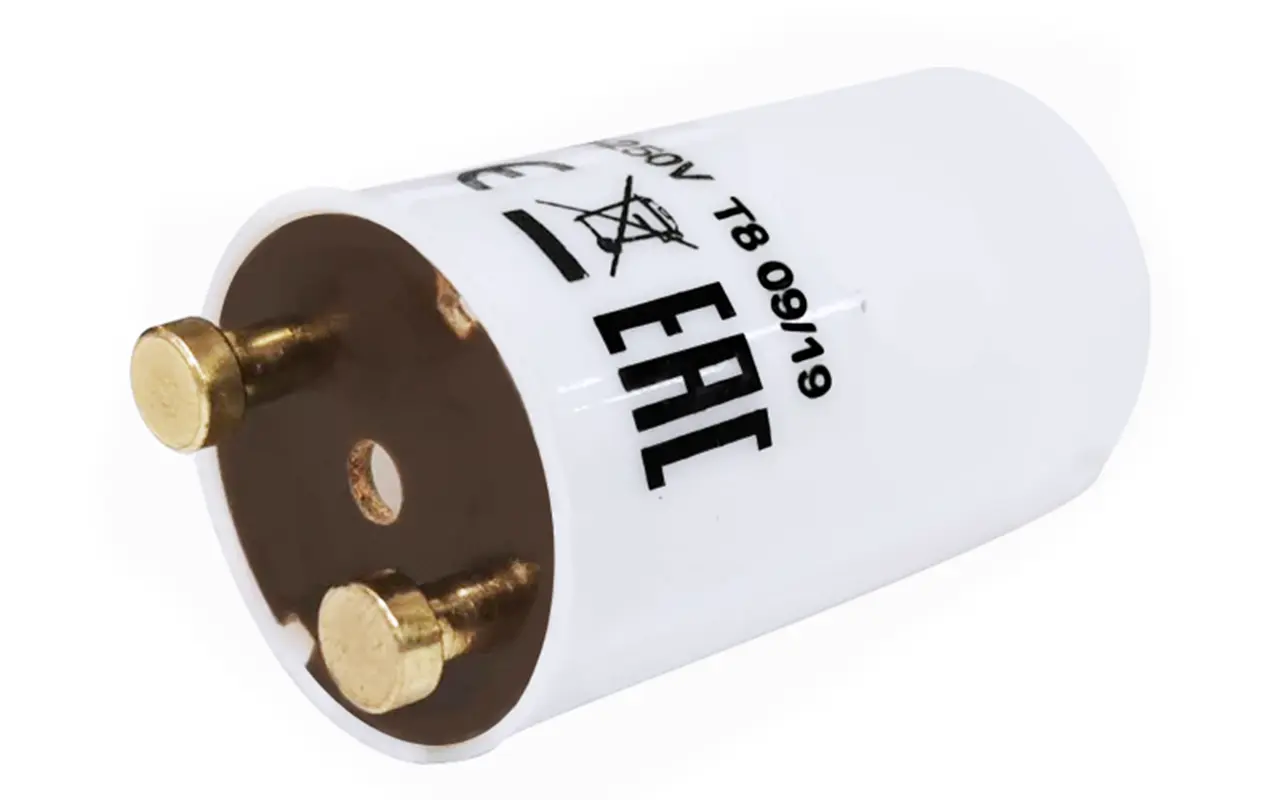
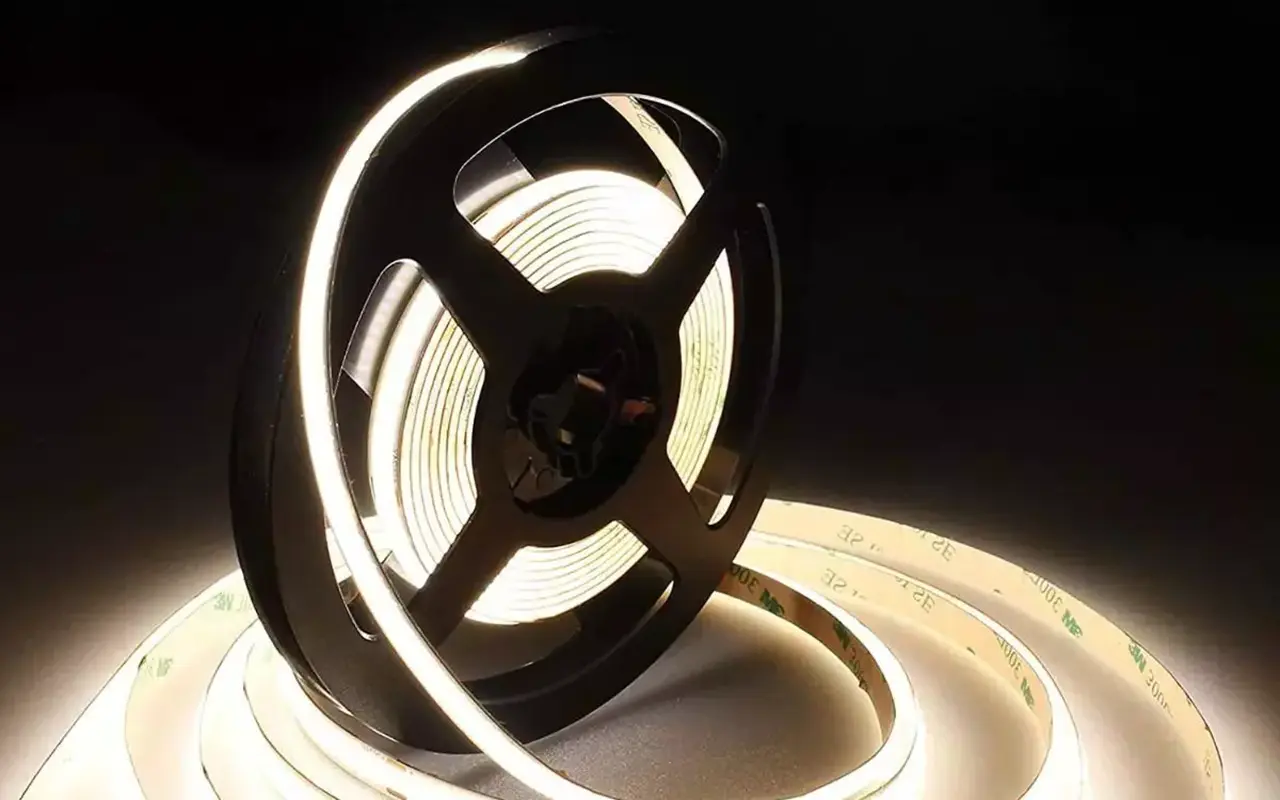
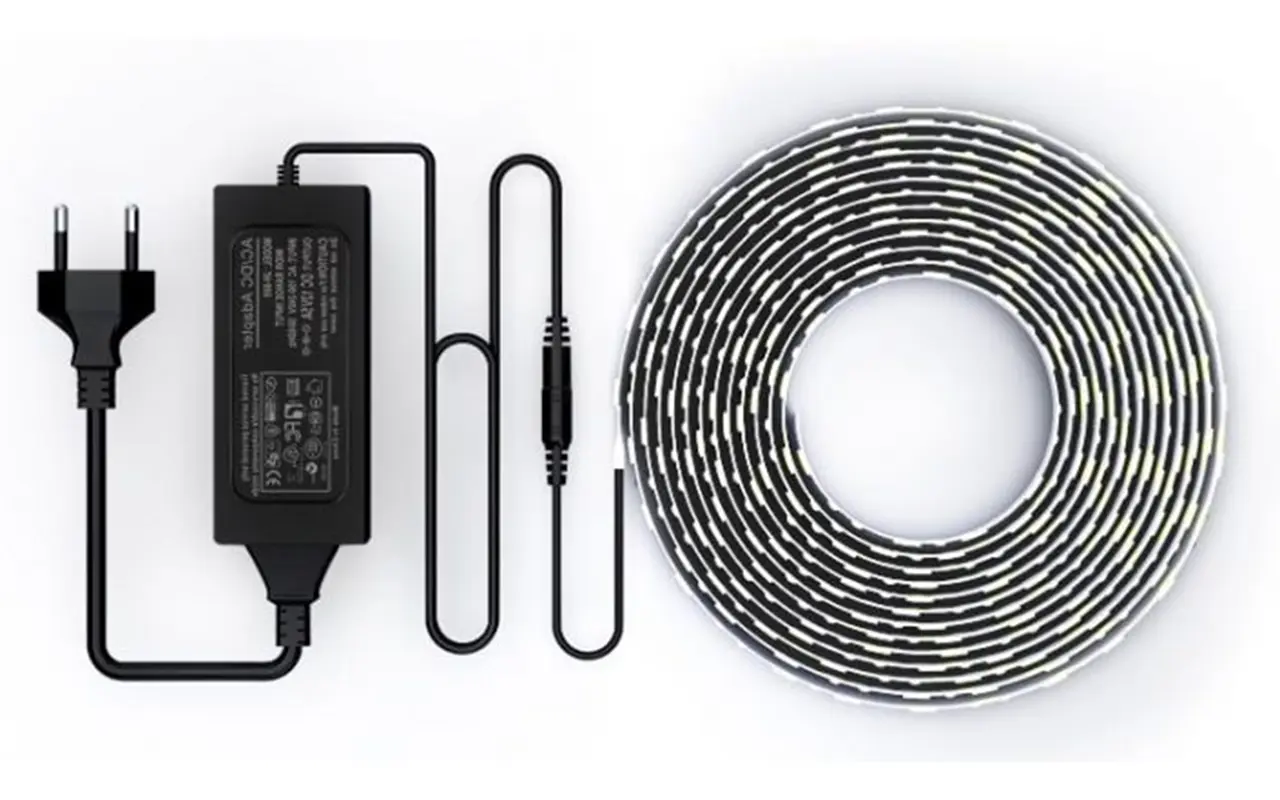
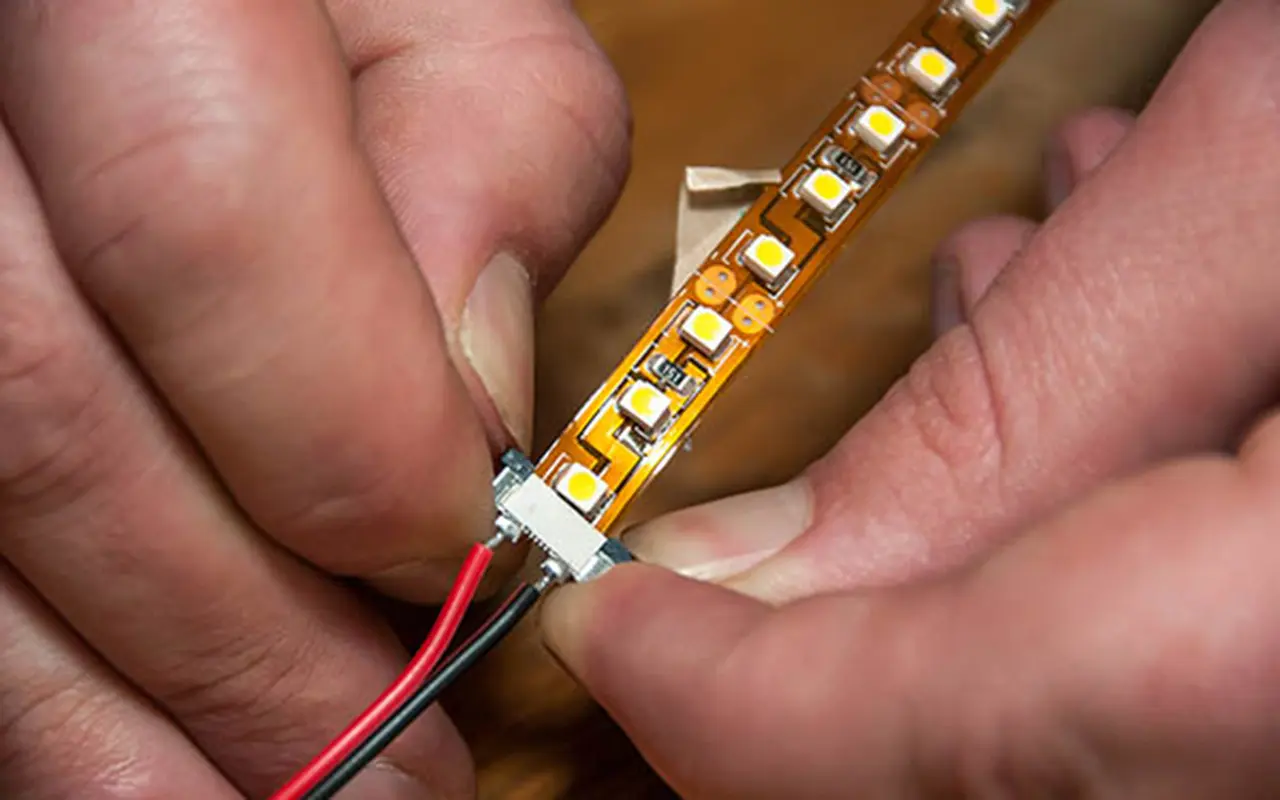
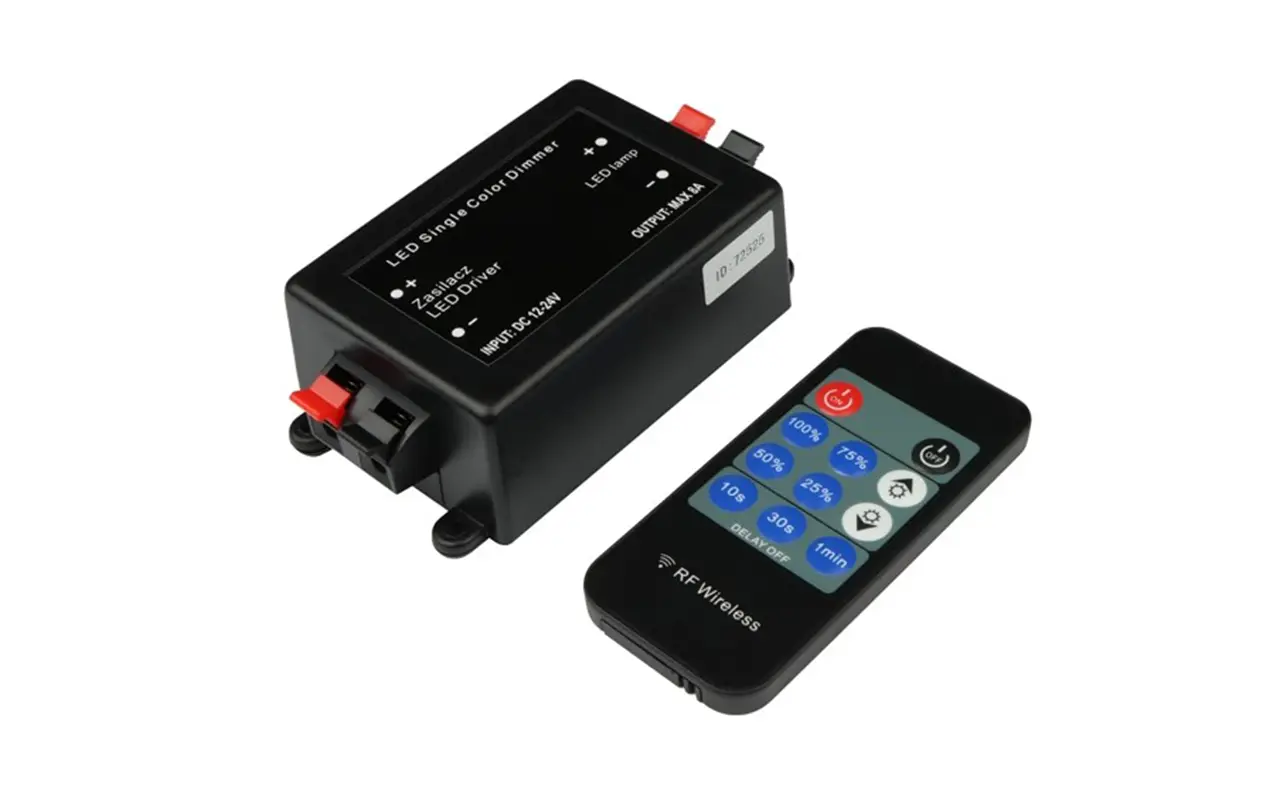

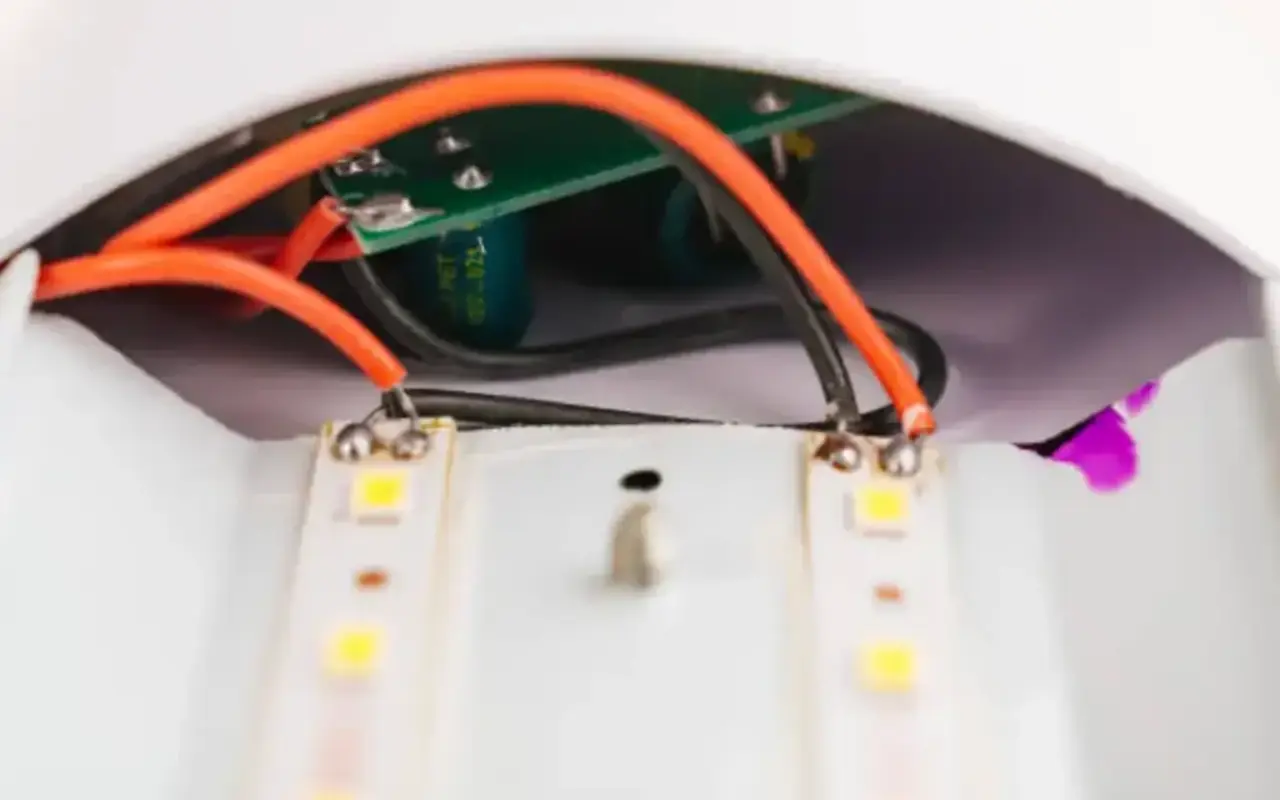

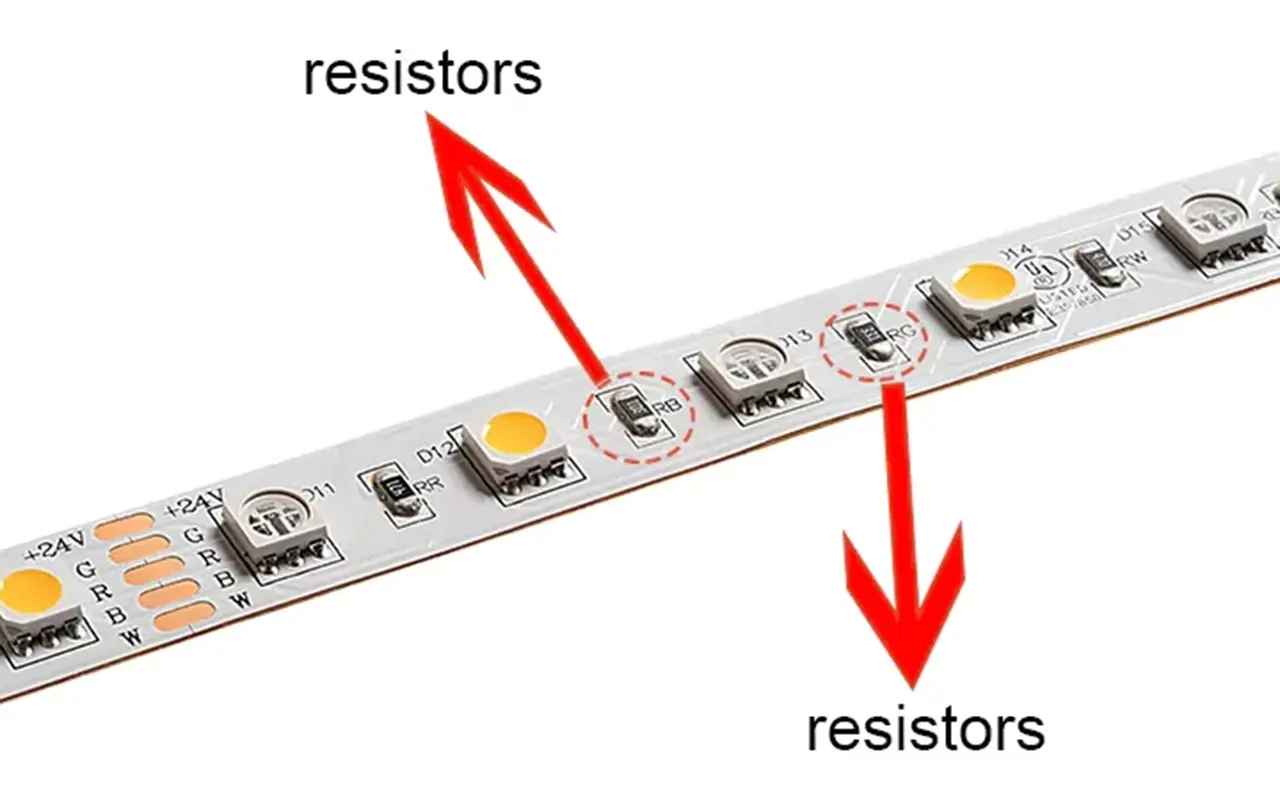
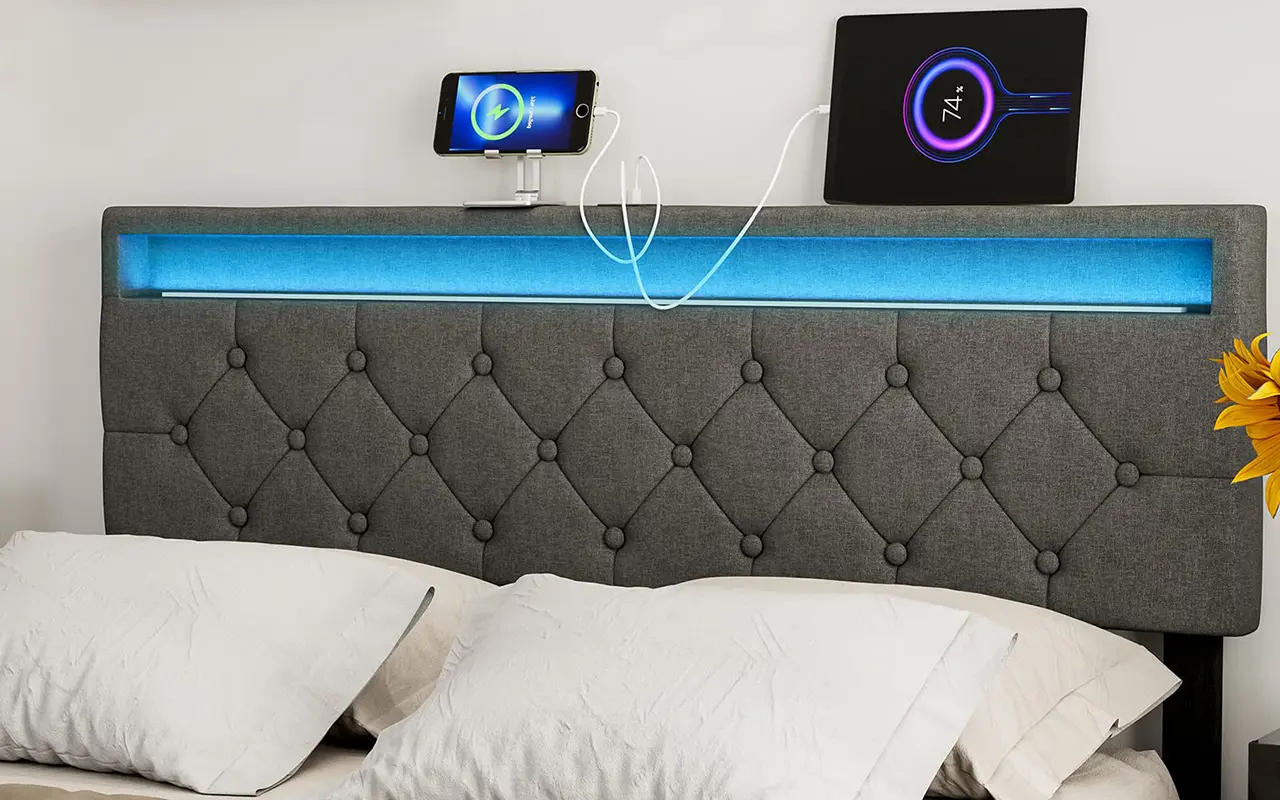
Laat een reactie achter
Wil je meedoen aan de discussie?Voel je vrij om bij te dragen!